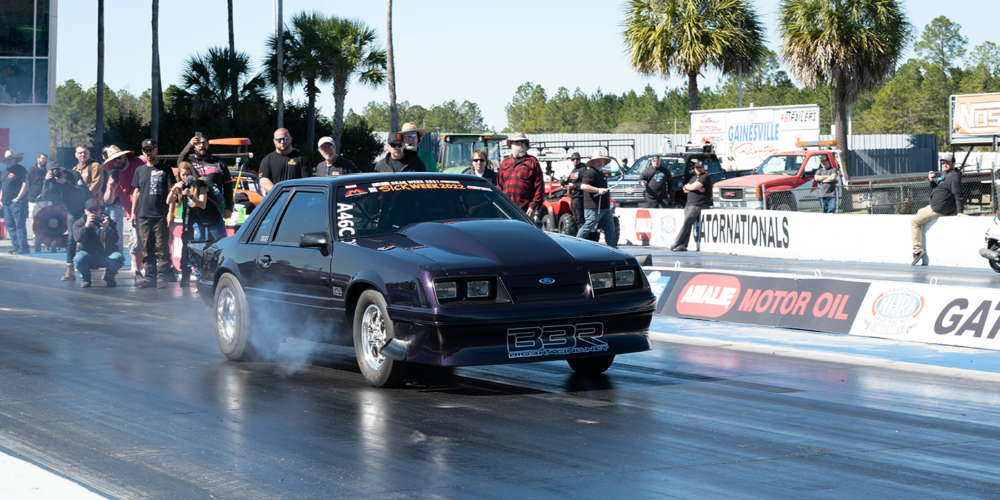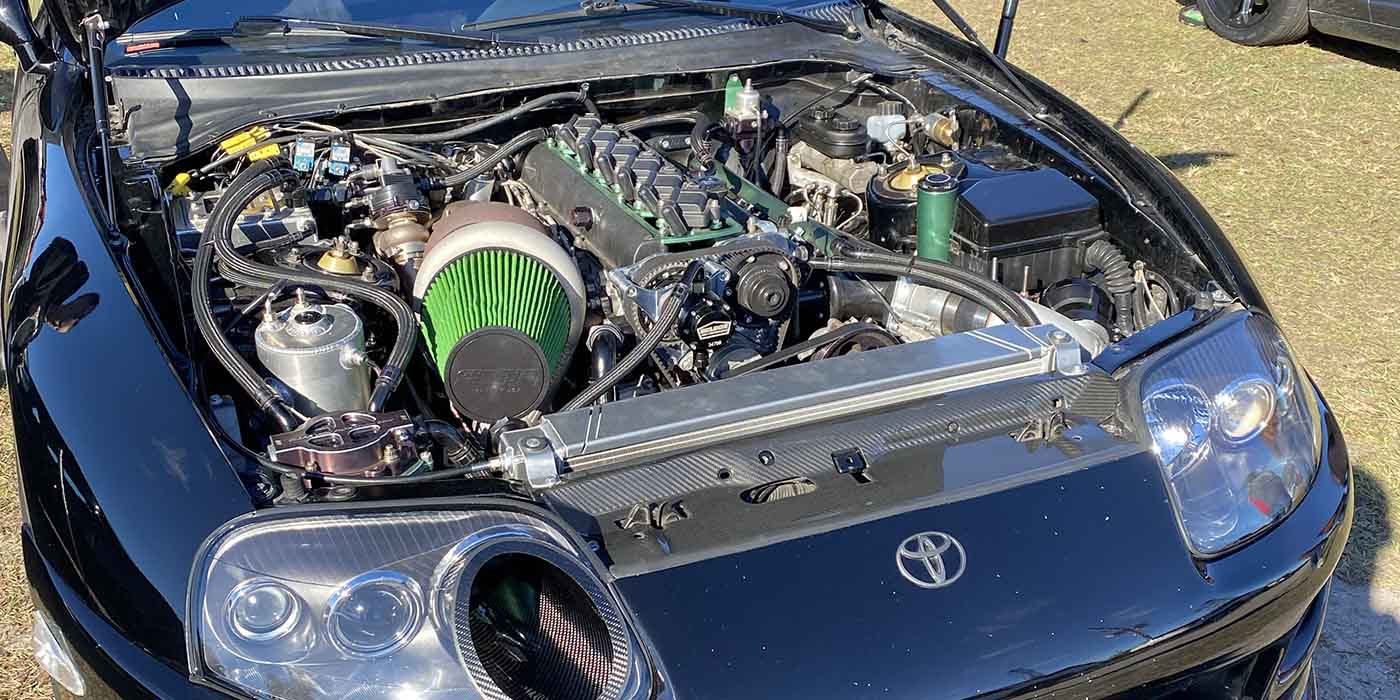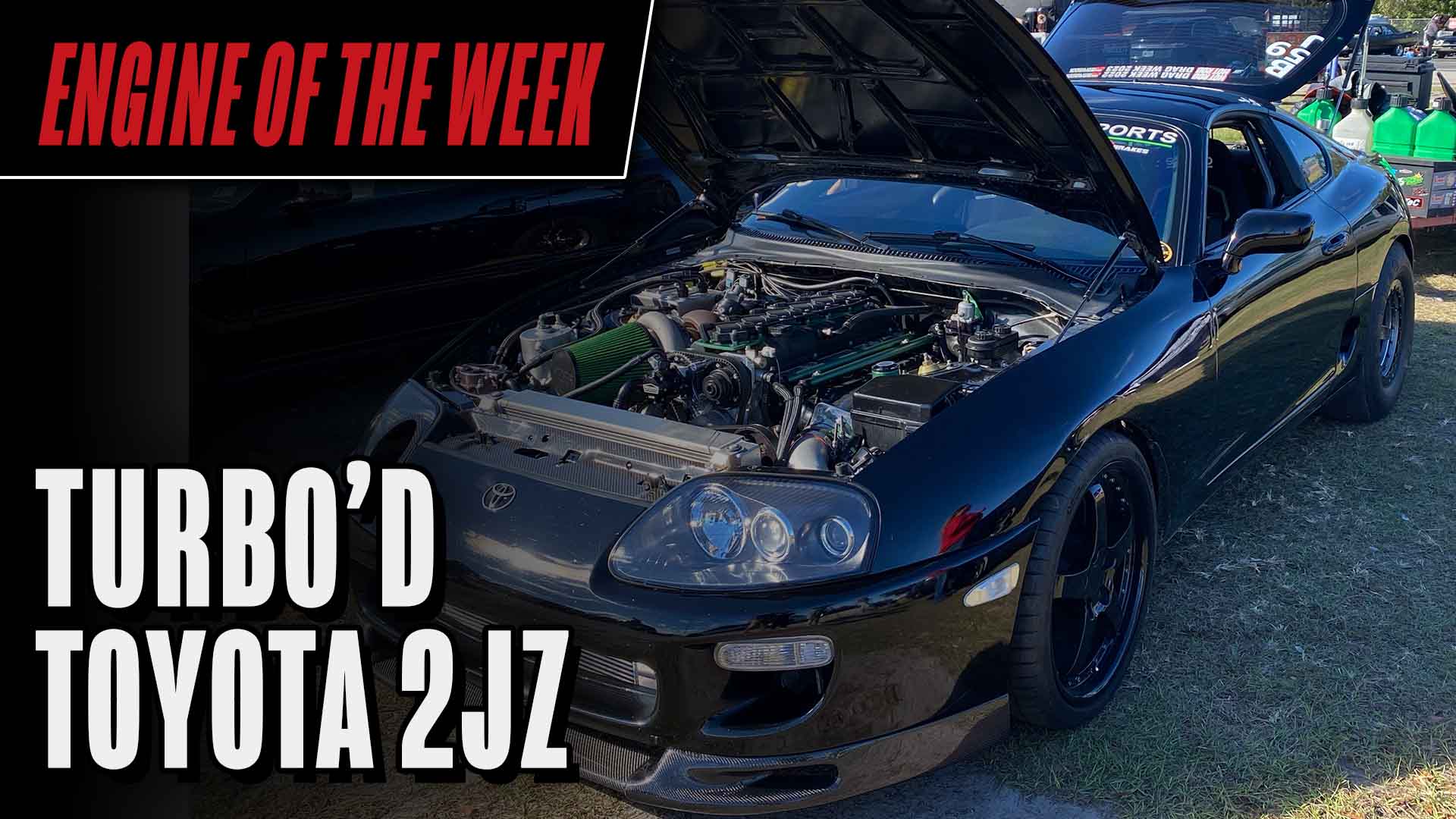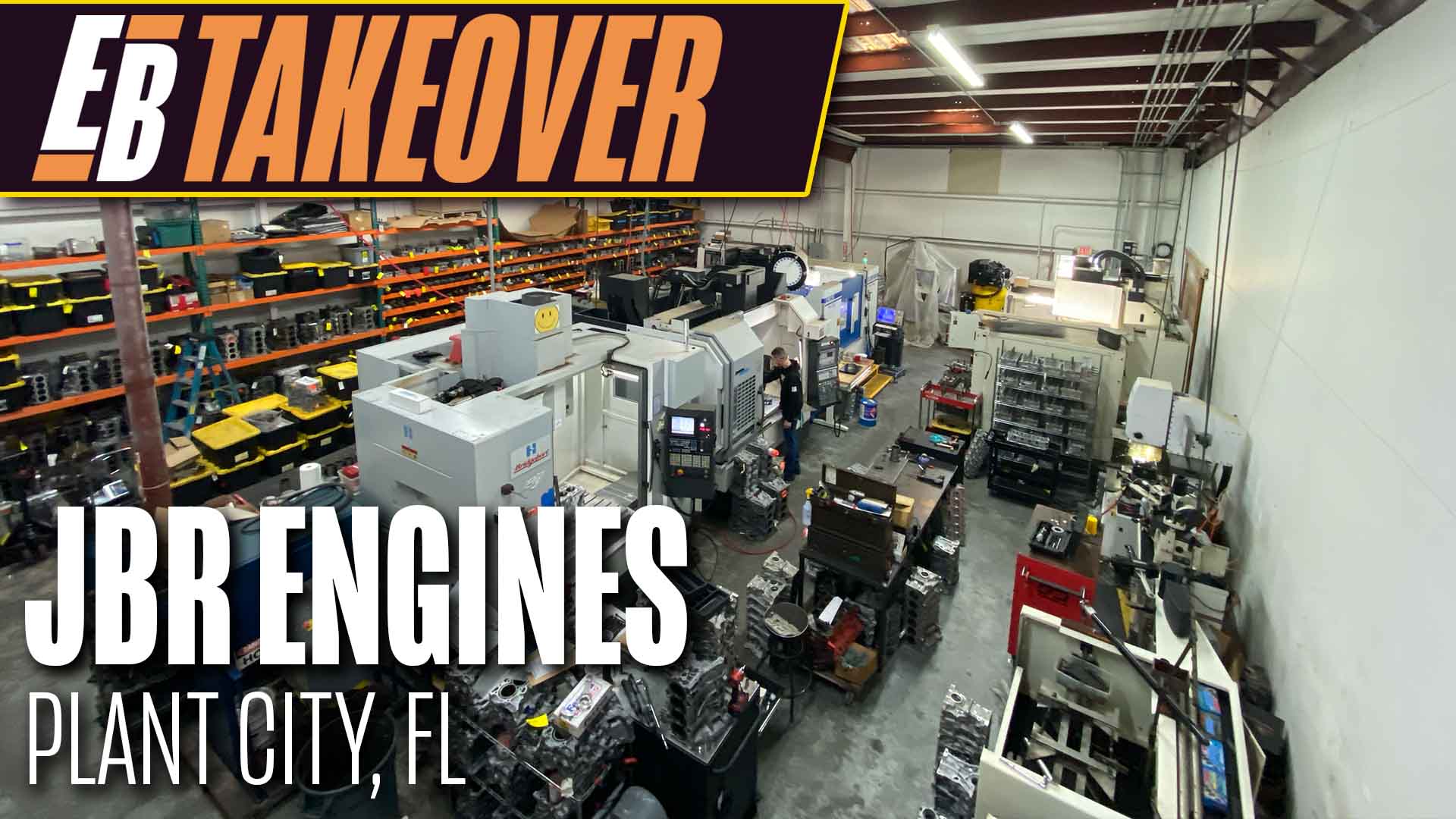The year was 2005. A revolution in the street car world was about to take place. Testing the performance of a street car and finding ways to push its limits was nothing new. Various events such as the Pump Gas Drags and the World’s Fastest Street Car Shootouts garnered some attention, but something was missing from those early attempts at a different form of street car racing.
In 2005, MotorTrend’s David Freiburger announced the inaugural Hot Rod Drag Week, and what is known today as drag and drive, was born. This twist on a week of racing has forever changed the street car racing scene. It was drag racing and an endurance test not seen before. Just 40 cars entered that inaugural 2005 Drag Week, and today, nearly 400 of the country’s fastest street cars compete each year. Following that first drag-and-drive event, spinoffs of Drag Week have been happening all over the country, and the world, both large and small.
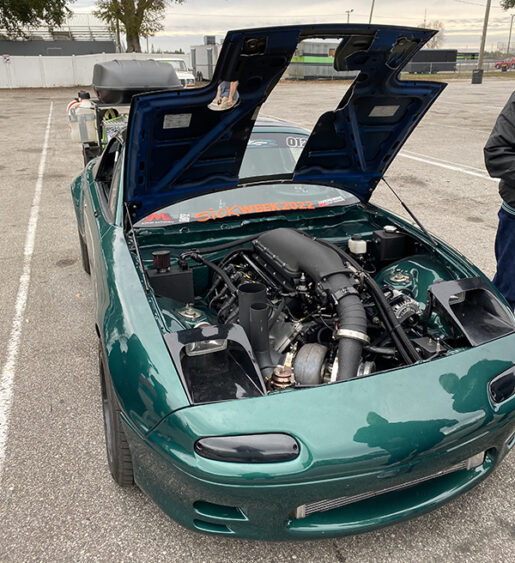
In recent years, the pandemic has helped fuel the fire for these events that are part racing, part road trip and a whole lot of car camaraderie amongst like-minded racers, hot rodders, engine builders, car enthusiasts, and others. Today, Drag Week remains one of the largest and most significant drag-and-drive events here in the States, but plenty of others have entered the fold, such as Rocky Mountain Race Week 1.0 and 2.0, Sick Week, the North Carolina Drags, and the Midwest Drags. The idea? To have your car run its best quarter-mile ETs for an entire multi-day or week-long event, while also surviving hundreds of miles of street driving between different tracks. In addition, your street car must tow everything you could possibly need for the week – essential tools, parts and equipment – in just a tiny trailer. No support vehicles or teams are allowed.
“With a drag-and-drive event, there’s no support vehicles,” says Sick Week promoter Tom Bailey. “You have to bring everything with you. You can pull a little 4’x8’ trailer behind your race car with everything you need in it. We race at the track. We pack up. We change to street mode. Then, we hit the road. Once we get to the next track, we do it all over again. It’s basically rinse and repeat.
“It’s really man and machine. It’s the most primitive form of racing. It goes back to the days of Snake and Mongoose doing grudge races traveling across the country in a truck with a trailer with their car on it. It’s about having a bunch of like-minded people who enjoy getting tortured 24-hours a day for five days, because that’s what this stuff all ends up being.
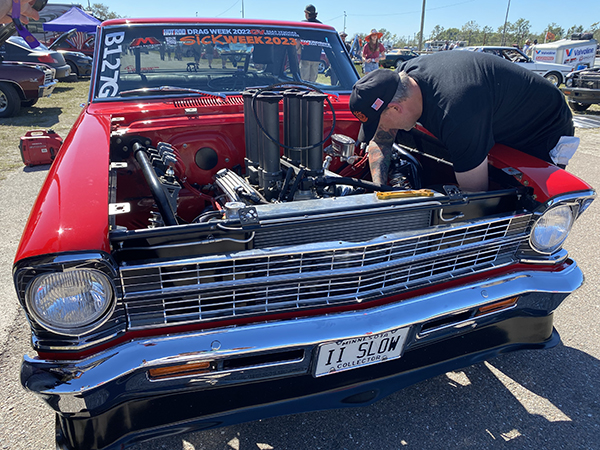
“Basically, you’re trying to make something that’s not designed to live for five days, live for five days. That would probably be the best way to describe it. It’s about the challenge. I think for 95% of people, maybe 99.9% of people, it’s the challenge of trying to do something that shouldn’t be possible.”
In the more than 15 years since these events have become more widespread, it’s also pushed the envelope of what a “street car” can be. In 2005 at Drag Week, the best competitors were running mid- to low-8-second passes. Today, the country’s best street cars might run high-5s and certainly low-6s! These are Pro Mod street cars! Those ETs are accompanied by plenty of competitors running 7s, 8s, 9s, and higher depending on the class and the class rules.
“When you look at [Tom] Bailey’s or [Dave] Schroeder’s cars, it’s very clear that those are custom 4130 cars,” says J. Heid, promoter of the Midwest Drags. “But without argument, they are streetable cars. I think part of the issue where people say those aren’t really true street cars, I think it comes down removing what your definition of comfort is. Just like original hot rodding, a lot of these guys are building a car and then going out and driving it on the streets legally, DOT approved, license insured, turn signals, horns, wipers, all that kind of stuff.”
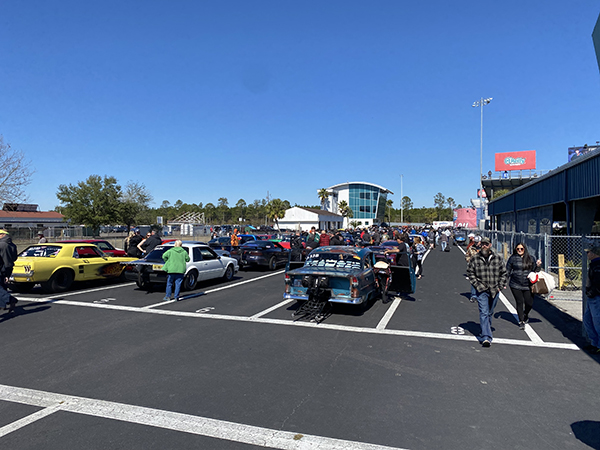
As Heid said, regardless of what defines a “true” street car, all competitors must have functional headlights, taillights, brake lights, turn signals, horn, and a rear view mirror. Drivers need a current driver’s license, and in cases where necessary, an NHRA or IHRA license and proper safety equipment for the car’s intended ETs. People show up with all kinds of different cars and trucks, utilizing many different engine platforms and combos to get the job done. Outside of those requirements, competitors can do what they deem necessary in order to survive this level of racing and the hundreds of miles of street driving.
“You might sacrifice air conditioning or some creature comforts,” Bailey says. “You have to think about a lot more with a drag-and-drive-style car than you do just a race car. A race car can go down the track and come back to the pits, and even if it’s getting hot, it’s no problem. It’ll be cooled off by the next round. With drag and drive, you have to be able to make it survive hours and hours and hundreds of miles of driving.”
The drag racing is just one aspect, and often the aspect competitors are most prepared for. The other is the 500-1,000 miles of street driving these competitors have to endure. As such, most cars are equipped with dual fuel tanks to switch between race gas and pump gas, and they utilize different injectors and EFI to allow for multiple tunes. Due to what can be a very long day (or days), proper planning and strategy goes a long way.
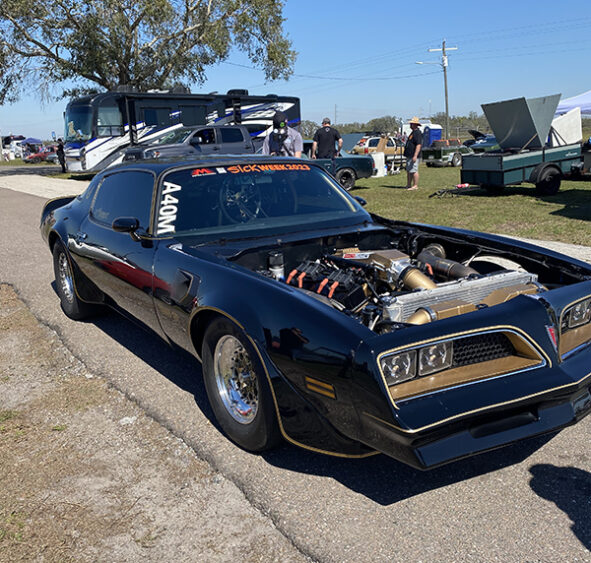
“A lot of new guys look at this and they say, ‘Hey it’s a week long. We’ve got all kinds of time,’” Heid says. “They don’t realize that week is broken down in 24-hour increments. Inside of that time, not only do you have to race, but then you’ve got to drive on the street. You’ve got to find fuel. You’ve got to find your hotel. [You have to hit specific checkmarks in some instances]. You’ve got to sit in traffic, more than likely. You’ve got to do all those things as well as maintain the car. You’ve got to stop to be able to eat and then hopefully get to the hotel within the same day. That’s big if you can make it to the hotel within the same day. Then you’re doing well as far as managing your time.
“But, if something goes wrong, one of those luxuries is going to have to be sacrificed and usually it’s food. You’re not going to go sit down at Chili’s or Applebee’s for an hour and a half and have a nice dinner. You’re going to eat a hot dog from the gas station because you just don’t have time to do it anymore. Then, the second luxury is another big one, and that’s going to be sacrificing sleep. There’s a lot that goes into it with the strategy.”
If you’re still thinking these events are right up your alley and you want to get into drag-and-drive competition, the good news is, there are many events to choose from.
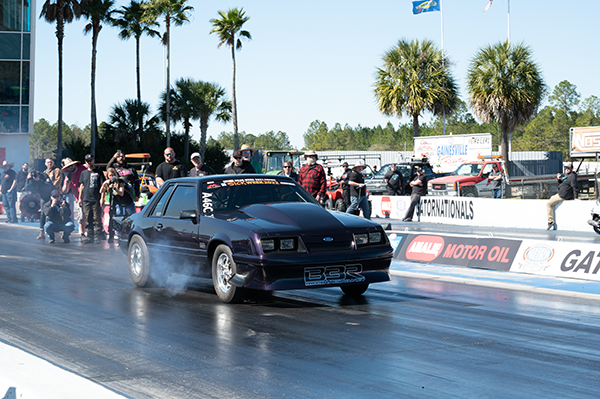
“There’s been a giant spotlight on what we’re doing, which is fantastic,” Heid says. “We’ve been defining what makes a big event and what we’re calling the national events versus the regional events. As you probably have noticed, there’s a lot of popup weekend events now with 50, 60, 70 cars. Those are great because it gives local racers something to be able to go do because it’s very expensive to drive your car or trailer your car multiple states away, especially at $3-$4 a gallon to be able to go compete for a week.
“It’s only five days of competition, but it winds up taking nine to 10 days and $3,500. The weekend ones are really, really nice for the guy who only has a couple days. He can take a long vacation and he can do it for under $1,000.
“What we have classified as being the national events, are events that are at least a minimum of four days, they have a minimum of five hits required and they are quarter mile and at pro facilities. All of my racetracks are NHRA or IHRA tracks with concrete barriers because the big cars (the 6-second cars) will not run on guard rail tracks. The tracks that we visit are what makes the event a big event versus a regional one.”
While the tracks are crucial to defining the level of the drag-and-drive event, the routes in between the tracks are also important to a well-run event that’ll keep competitors coming back.
“One of the biggest things we tried to do with Sick Week was make the checkpoints and the route and everything fun,” Bailey says. “Don’t just make it about the gruel of racing.”
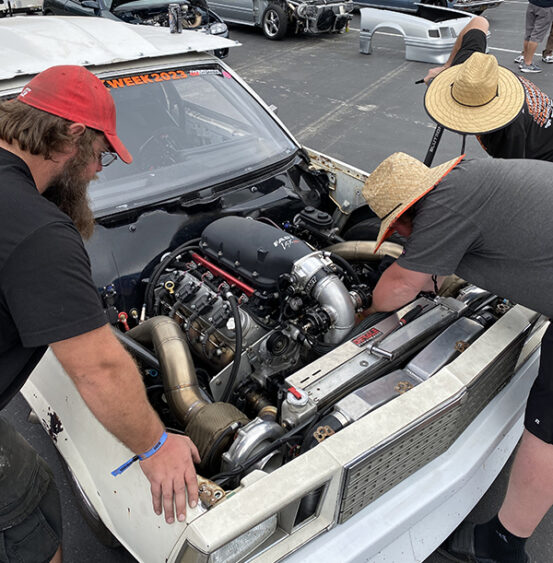
For Sick Week’s first event, they incorporated a visit to the Don Garlits’ Drag Racing Museum, Old Town and the beach, where competitors could take a photo of their car in the sand. This year, competitors will visit the Don Garlits’ Drag Racing Museum again, another trip to the beach and plenty of other cool Florida gems along the way. But, Sick Week isn’t alone in planning out a fun route.
“I’m always focused on the racer’s experience,” Heid says. “We always have motorsports-related route stops. In the years past, we’ve been to John Force Racing, J&A Auto, Profiler Cylinder Heads, Callies Crankshaft, and Tin Soldier Racecars. Not only is there a lot of racing because we require the two hits, but in between your drives you’re always going to motorsports-related route stops, which adds another level of excitement to the overall experience. It all goes back to building an event that the racers have been asking for.”
Speaking of listening to the racers, drag-and-drive events have also evolved in the little things like no class calls or a quarantine area, to again enhance the overall experience for all involved.
“[Sick Week’s] quarantine area is for the top-three fastest cars in each class that run faster than 8.50,” Bailey explains. “The idea there is that they don’t get any outside help. They get themselves and their crew member is all who’s working on the car. It does two things. You get a quick line to the staging lane because quarantine gets their own lane to go up and run when they’re ready. It also gives them a little extra time to spin that car around.”
A few things that make the Midwest Drags unique is no class calls in the staging lanes, a 7.50 express lane, a 10.5 cutoff for racers, and two hits per day.
“We have four days of racing, and we require two hits per day, so our class winners are an average of eight passes, not five,” Heid says. “There’s a lot more racing focused on a lot faster cars. We allow racers to register, but we do have a 10.5 cut-off. The reason being for that is we’re trying to make a race that the racers really truly want. All the major decisions that we have made toward the rules that we have done with this event have been based off of racer suggestions.
“I can point to a racer for every major thing. The 7.50 express lane, that’s Schroeder because to his credit and he’s right, it takes him two hours to turn that car around. It’s very difficult to ask these guys to go make two hits and then tell him to go sit in the staging lanes for an hour when he is perfectly capable and ready to go make a pass. You can thank Dave Schroeder for the 7.50 express lane.
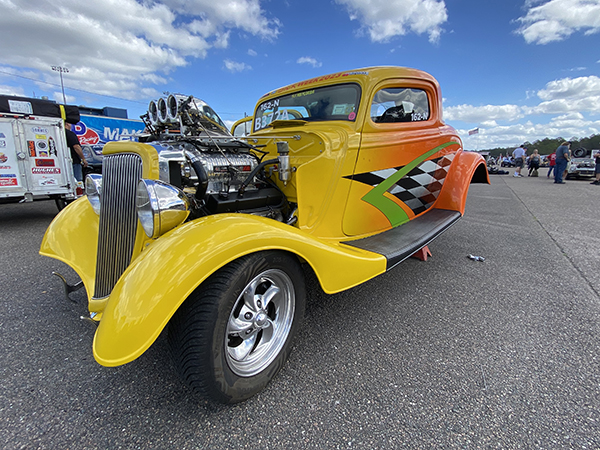
“The no class calls, that basically comes because our software is completely automated for how the whole scoring and timing system works, so we don’t need to do classes. It also prevents lane jumpers. Since there’s no class calls, when you’re ready, just go up there to the lanes and then we pull across the lanes versus pulling a lane. You’re not sitting in the lanes until the afternoon waiting to be called on up to make your first pass. It completely changes your strategy for how you’re going to attack the week.”
While the Midwest Drags doesn’t have class calls for the staging lanes, the event is still organized within a class structure – as are all drag-and-drive events. Generally, the larger drag-and-drive events feature anywhere between 12-20 classes. This allows all sorts of different cars to compete and helps create a more unique car culture within the event itself, which in turn helps build up that car camaraderie. Ultimately, that’s what drag-and-drive is all about, the camaraderie.
“That’s probably the best thing you see during a week like this,” Bailey says. “Almost no car passes you by that’s in the group. If you stop for anything, everybody’s got to give a thumbs up. If not, you’re going to have 30 cars parked on the side of the road behind you seeing if they have anything that can help. That’s probably the best thing about it is the camaraderie – everybody helping everybody.
“Two competitors could be neck and neck and you can be first and second in your class, but you’ll give that guy a part that you might need the next day, so he can keep going to the next track. That’s the coolest thing about it. It’s unlike anything else. I love all forms of drag racing and everybody’s in one big happy family, but this is next level as far as the help somebody will give someone else.”
The camaraderie, the racing, the adventure on the street, and the overall enjoyment of a drag-and-drive is what has made these week-long competitions what they are, and the future, while unknown, looks bright.
“The future’s unknown. It’s growing so quick and everything’s changing so fast,” Bailey says. “It’s worldwide now because there’s events in Australia, there’s events in Sweden, there’s events in Canada that are all similar. I really think this is the radial racing of five years ago, where it’s just on the cusp and everybody really wants to do it and everybody’s excited about it.” EB

